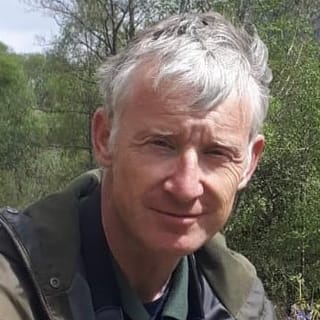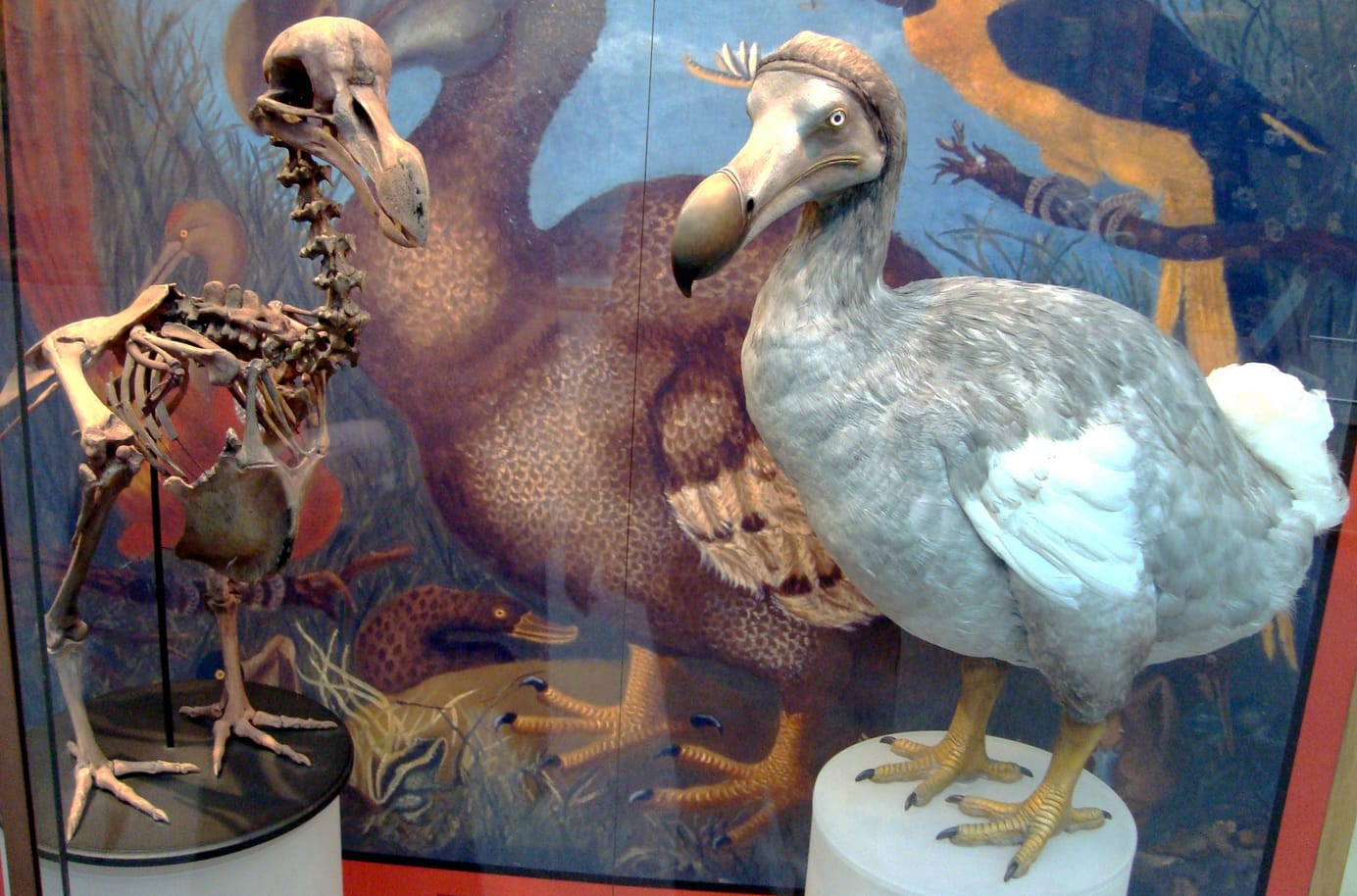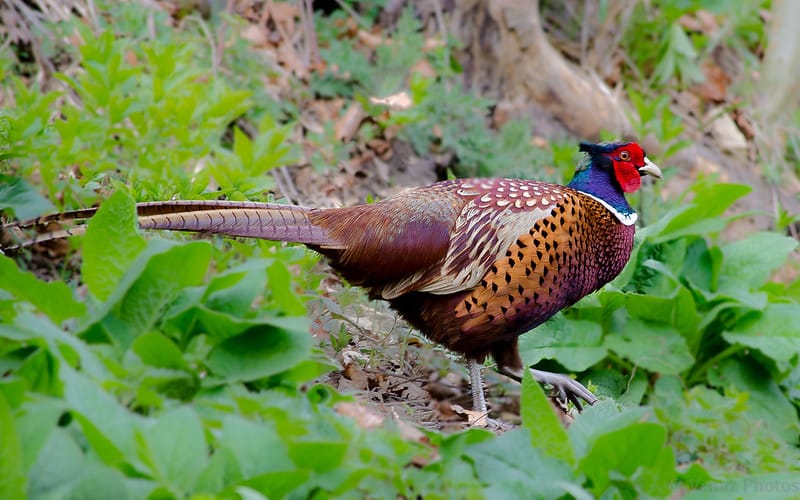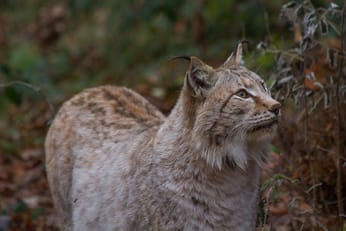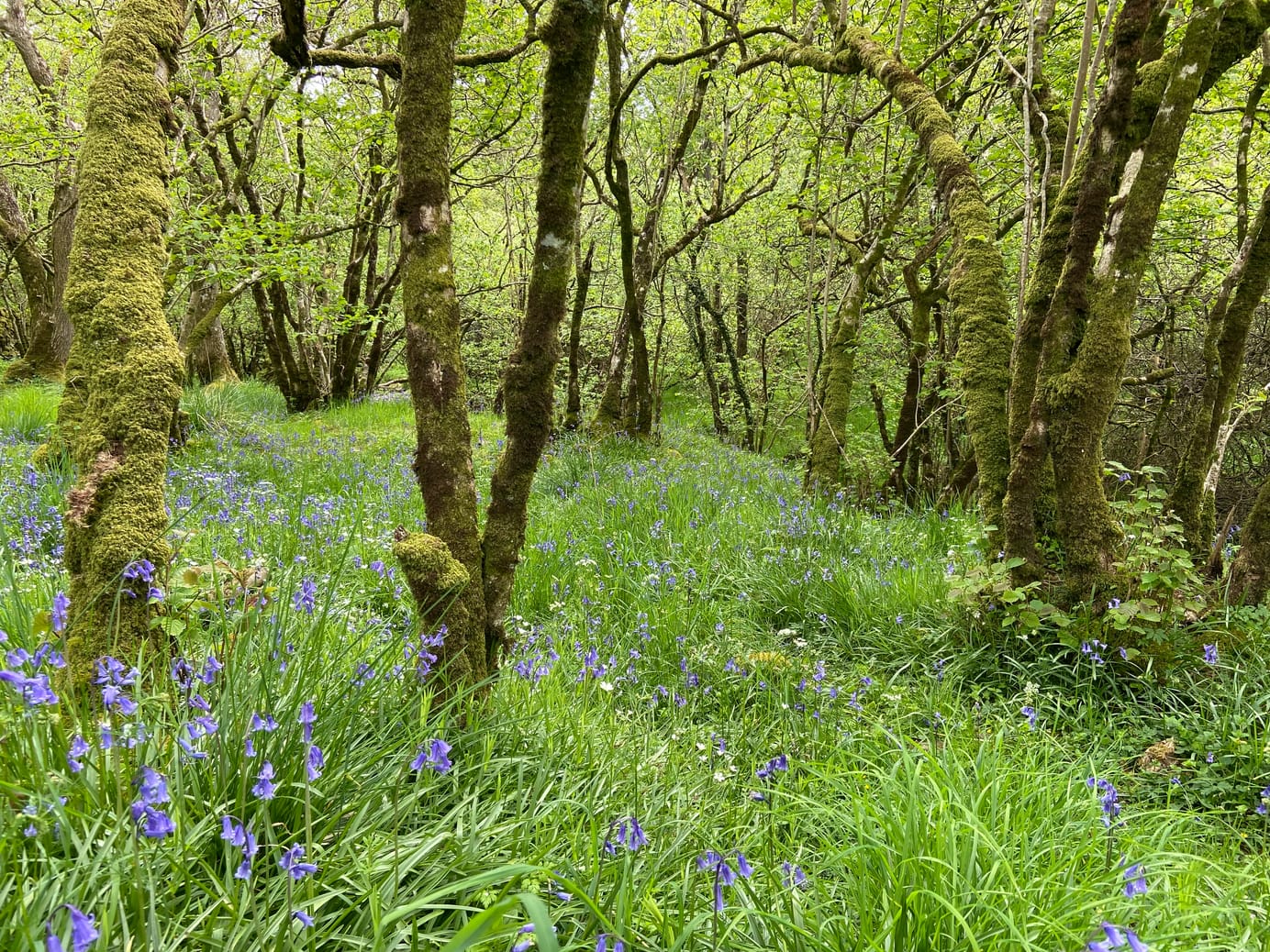
Britain has no wilderness left – we must protect its wildness
Every inch of Britain has felt the impacts of humanity, but there are still places where nature has free rein, argues Ian Carter.
It’s a bright day in March and I’ve walked into the hills surrounding our home in Galloway. I am looking for something elusive: wildness.
It is not something you can find in a nature reserve. As I hike to my favourite rocky outcrop, and a wilder landscape begins to unfold around me, my mind drifts to an uninspiring day out in southern England, hunting for wildlife with my young children.
The problems, I recall, started in the car park. It was pay-and-display and, as usual, I didn’t have the correct change. A few minutes (and one helpful lady) later we were safely inside the visitor centre.
We joined a queue to pay the entrance fee, where we were further delayed by a series of questions about annual passes and a membership scheme – all declined, several times, slightly more tersely with each repetition. Finally, armed with a map and lurid pink wristbands to mark us out as ‘legitimate’, we set off along a neatly mown path, flanked by information boards telling us what we might expect to see.
A uniformed volunteer pointed us towards a bird hide. Inside, the muffed chatter of our own species was, once again, the dominant sound.
The feeders in front were buzzing with siskins and tree sparrows, gorging on peanuts and sunflower seeds shipped in from warmer climes. The tree sparrows were breeding nearby, in lines of neatly terraced nest-boxes, where their young would be warm, dry and safe from predators.
We saw plenty of wildlife that day, it’s true. And yet, here I was trying to instil an appreciation of wild places into my children by bringing them somewhere cluttered with infrastructure aimed solely at our own species; a place where even the areas set aside for other creatures had been carefully manicured to attract the wild animals that we most want to do well.
Looking for wildness
We have no wilderness in Britain; everywhere has been influenced by humans, on a timeline that stretches back across tens of thousands of years. When it comes to exploring the local countryside, wildness is the best we can hope for. Nature reserves are not the best places to find it.
I’m not knocking them. We need them, for the many human visitors they attract and for everything else that lives there. But they are not very wild. We need different kinds of places too; places where the influence of humanity is diminished and natural processes have freer rein.
What, then, do I mean by wildness? From my granite outcrop in Galloway, I can see it spread before me.

I look out across a landscape where the artificial and the natural rub along together. There are dark, straight-edged shapes that might have been draped onto the land from above, made of Sitka spruce and other North American trees. But some areas are too steep or rocky to have been planted and this is some of the wildest land I know.
These slopes are no longer farmed. In fact, away from the conifers, the land here is not directly influenced by humans in any way. No-one else ever comes here. There are no information boards, no purpose-built paths, no management plans. The patches of heather, bracken, hawthorns and rowans have been left alone to do their own thing.
This early in spring, the birdlife is limited. Food is hard to come by and there are no feeders. A wren creeps through the low heather, seeking out tiny invertebrates, and a stonechat scans its surroundings from its stem-top look-out.
Later in summer, there will be more life. Adders and common lizards will slip away underfoot, dark green fritillaries will scud by, and tree pipits will parachute down to their chosen bush, filling the air with exuberant trills and subtle changes of pace. Cuckoos haunt these slopes through the first few months of summer, their song a delight or a constant menace, depending on perspective. And here’s the thing: none of these creatures are part of any human desire or design – I can’t help but value them highly for that.
Up in the hills, however, the alienating conifers are always there to snag the eye. To escape them, I descend the slope to the glen below.
The path I choose today has been made by badgers. From the delicate slots pushed into the earth, I can see that roe deer use it too. Following in their footsteps is the only option if you wish to avoid the dense, unbalancing heather bushes or pushing through last season’s bracken and filling your boots with splinters.
Where the badgers have passed through a gap in the base of an old stone dyke, I scramble over the top. Eventually, I end up inside the ancient and ‘neglected’ wood of ash and hazel that fills the bottom of the glen. I find a place where sightlines to the farmland are closed off. All now looks natural.
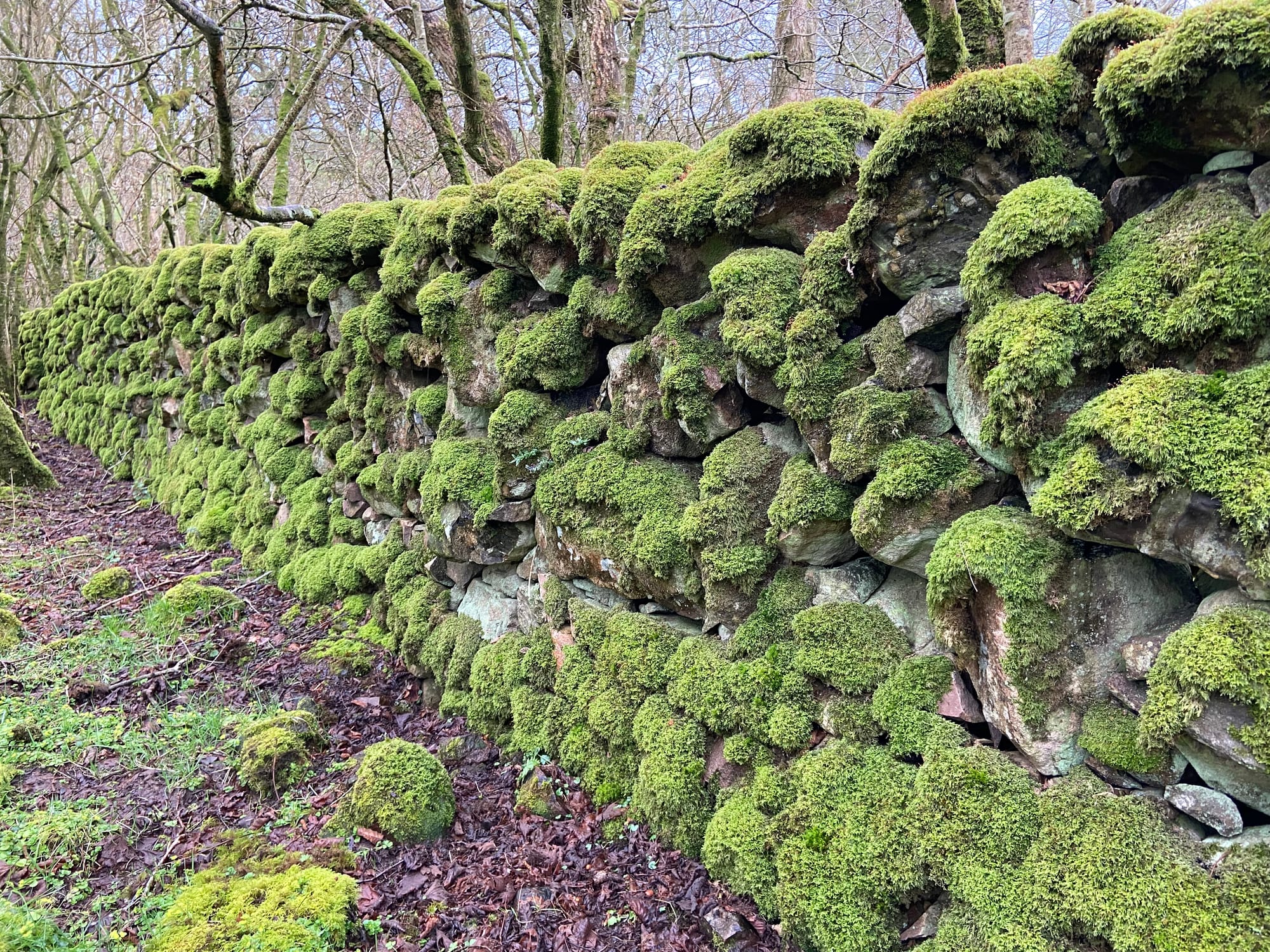
Here are native trees that have been left to themselves for decades, some still vertical, many fallen. The little burn is constantly blocked and has to find new ways around. One of the local red squirrels clambers through the branches above. I think, by now, they know me.
All sounds natural, too. There are the songs of blackbirds, robins and a song thrush. In a few weeks they will be joined by migratory blackcaps, willow warblers, spotted flycatchers and, if it’s a good year, redstarts, compulsively flicking their fiery tails.
These songbirds have lived in Britain (and perhaps inhabited this very spot) on and off for longer than modern humans have existed. Here, I can dream of what it might have been like to drop in on Britain before humanity swept so much away.
The meaning of rewilding
That’s wildness then – my own take on it, at least. Anyone reading this will, I’m sure, have their own feelings about what it means to them.
The same is true of almost any word associated with wildlife and its conservation. There’s ‘conservation’ itself, so broad and all-encompassing that it can be applied to almost anything. What about ‘recovery’, ‘restoration’ and ‘semi-natural’? All are difficult to pin down, being used to define projects or ideas with vastly different scales and objectives.
Even our words for habitats are fuzzy around the edges. We think we know them, but stray too far from the clear-cut examples and they too become slippery. How many wild flowers must be present for grassland to be semi-natural? How many trees are needed before heathland becomes woodland?
So it is too with ‘rewilding’. And yet, because this word is newly minted, we feel we must battle furiously over the territory.
The working definition I find useful is ‘any conservation measure that allows more space for natural processes.’ Others use it only for places where all human management is excluded – except perhaps for the reintroduction of lost species or the control of non-natives. At the other extreme, the term is borrowed to refer to urban projects that provide a few scraps of wilder land, at the edge of a cemetery perhaps.
All of that is fine with me. Yet we hear about people who get so worked up about this new word, they leap to oppose any project or organisation that uses it. And you can only wonder, can this really be true? Can it ever make sense to resist something simply because of the word used to describe it?
The suspicion here is that objecting to a word, and what it supposedly represents, is easier than objecting to the reality of planned actions on the ground: a way to neatly side-step any meaningful debate.
Let’s not help people play that game. Rewilding, in its various guises, is not new; conservationists have been doing it for decades. Perhaps we could pretend that the word itself has been around a long time too, and learn to relax a little more about how it is used.
When almost home I take a final look back across the glen to the old woods and the slopes beyond. If they ever became nature reserves, I’d be glad they were protected.
But I’d mourn the loss too: the loss of wild land where other species exist solely on their own terms rather than those of humans. We need to protect the wild places that remain and find ways to allow more land to become wilder. Whatever we care to call it, this will be essential work.
This piece is, in part, derived from a chapter in Human, Nature: A Naturalist’s Thoughts on Wildlife and Wild Places (Pelagic Publishing 2021). Ian Carter’s new book Wild Galloway: From the Hilltops to the Solway, a Portrait of a Glen will be published by Whittles in September.
Subscribe to our newsletter
Members receive our premium weekly digest of nature news from across Britain.
Comments
Sign in or become a Inkcap Journal member to join the conversation.
Just enter your email below to get a log in link.

